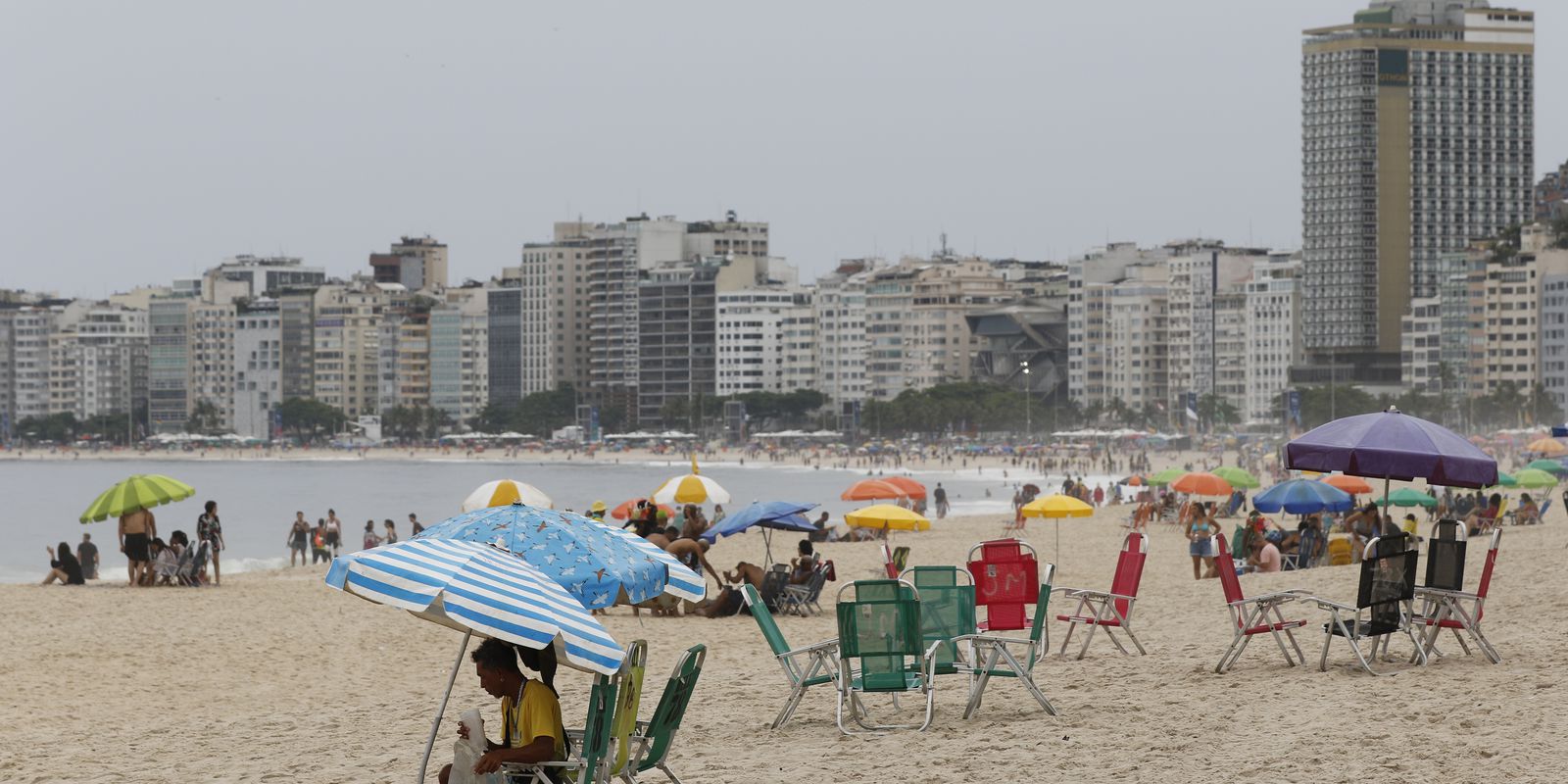The software industry “does not stop creating jobs” throughout the country, has the “most dynamic real wages in the economy” and in January reached the highest rate of feminization in the last six years, with 32.9% participation of women in the total.
The data was provided by the coordinator of the Productive Argentina Plan 2030 and director of the Center for Production Studies (CEP XXI), Daniel Schteingart.
On his Twitter account, Schteingart pointed out as one of the “encouraging data of the software industry in Argentina” that “the sector does not stop creating jobs”, with 137,431 jobs in January39% more than in the same month of 2017 and with “an increase of almost 30,000 jobs compared to three years ago.”
“Real wages in the sector have been among the most dynamic in the economy”the official continued in his tweet thread, in which he specified that in the first month of 2022 “they reached the highest level in more than 5 years”, with an average compensation of $148,160.
Four encouraging facts about the software industry in Argentina.
1) The sector does not stop creating jobs. In January we had 137,000 jobs, an increase of almost 30,000 jobs compared to three years ago. pic.twitter.com/d9IKEV6P8P
— Daniel Schteingart (@danyscht) April 25, 2022
Also, he highlighted that “The sector has been persistently feminizing since 2017” and that “In January, 32.9% of jobs were female, the highest figure in more than six years.”
“There is still a long way to go for equality, but the trend is encouraging,” he stressed.
Schteingart remarked the regional distribution of employment growth, in which “starting from reduced bases, La Rioja, Misiones, San Juan and Tierra del Fuego are those that have been experiencing the greatest relative increases”, with biannual increases of 125.6%, 74.5%, 69.3%, 66.2% and 63.9%, respectively.
The list of percentage increases is completed with Jujuy (55.9%), La Pampa (53.1%), Catamarca (43.8%), Tucumán (42.5%), Salta (41.4%), Entre Ríos (40.9%), Mendoza (40.2%) and Santiago del Estero (40%).
With lower growth, Neuquén (33.3%), Chubut (30.4%), Chaco (29.7%), Corrientes (27.8%), Santa Cruz (27.6%), San Luis (24 .7%), Córdoba (22.2%), Río Negro (21.1%), Buenos Aires (19.1%), Santa Fe (18.6%) and CABA (10.5%).
The official clarified that the provinces of Buenos Aires, CABA, Córdoba and Santa Fe “were the ones with the highest absolute increases”, respectively with 8,537, 5,074, 2,178 and 1,081 workers more than in January 2020.
In the payroll they continue in descending order Mendoza, with 761 employees of biannual increase, Tucumán (441), Entre Ríos (384), Chaco (233), Misiones (232), San Juan (215) and Salta (201).
Between 100 and 200 employees increased in the last two years are Corrientes (172), Jujuy (152), Neuquén and La Rioja (both with 147), Chubut (121), San Luis (108) and Río Negro (104).
With less than one hundred employees of biannual growth were La Pampa (94), Tierra del Fuego (85), Santiago del Estero (76), Formosa (73), Catamarca (49) and Santa Cruz (48).








